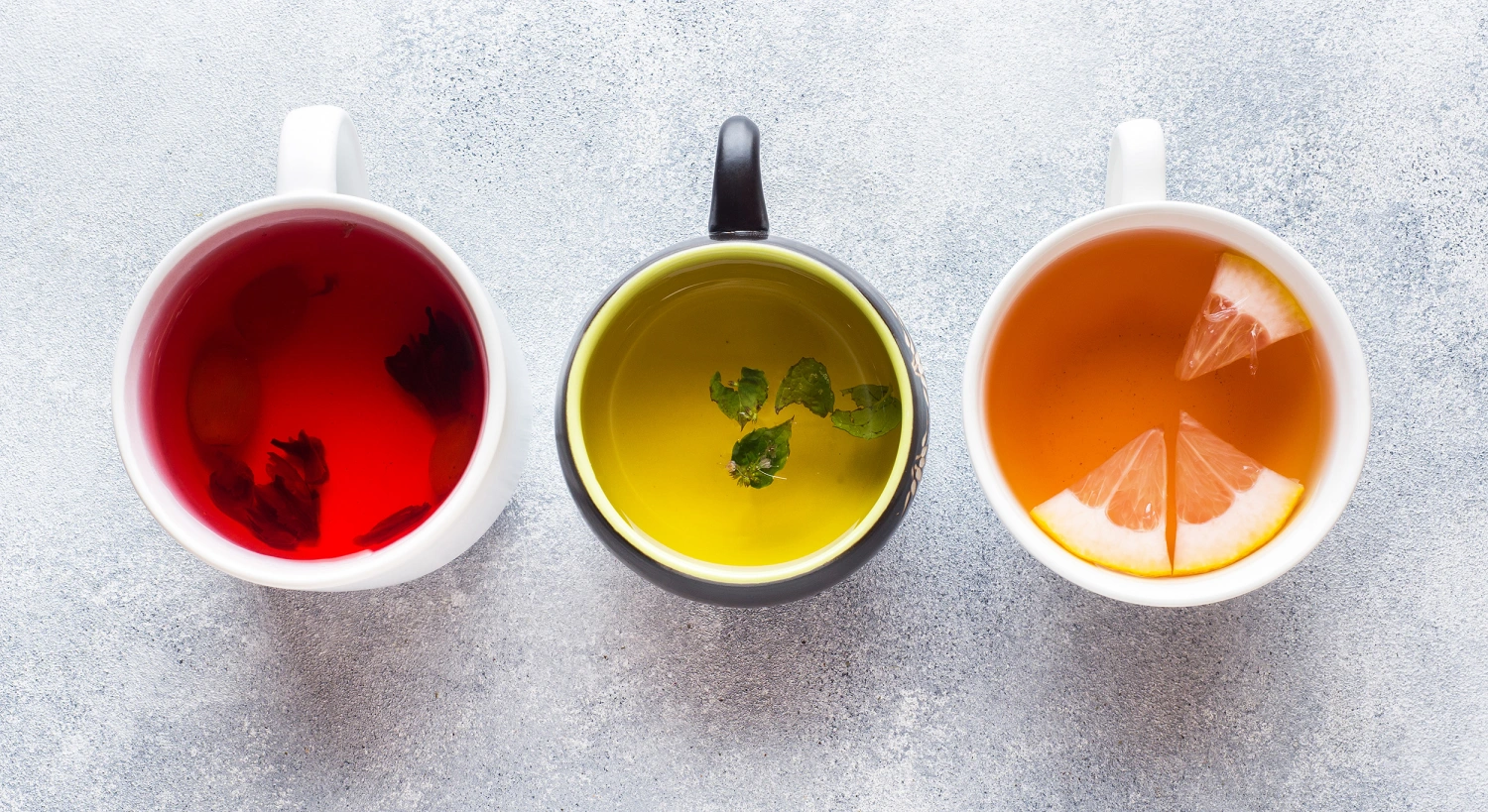The History of Tea: From Ancient Roots to Modern Times
Tea’s origins are steeped in legends. It’s believed that tea was first discovered around 2737 B.C. by the Chinese Emperor Shen Nong, who accidentally boiled tea leaves in water. Initially prized for its medicinal qualities, tea quickly gained popularity in ancient China and, over time, spread to neighboring countries. By the 16th century, the tea trade had expanded to Europe, and England became particularly enamored with the beverage.
The British, who later popularized the notion of “afternoon tea,” integrated tea into their daily routines and social customs. Afternoon tea, sometimes known as “high tea,” became a sophisticated event that included pastries, finger sandwiches, and sometimes even champagne. Today, these customs continue, but with a modern twist.
Tea Culture in Different Countries
Every culture has its unique way of enjoying tea. In China, tea is often served in small cups without milk or sugar to appreciate the pure taste of the leaves. Japan, on the other hand, celebrates tea with its traditional tea ceremony, where matcha (powdered green tea) is whisked with water in a methodical, meditative process. India has “chai,” a spiced, milky tea that warms both body and soul. The British, meanwhile, have made tea a symbol of comfort and social connection.
Today’s tea culture is an amalgamation of these global traditions. From bubble tea in Taiwan to Moroccan mint tea, each culture brings its flair to the experience.
The Modern Tea Experience: Beyond Black and Green
Modern tea culture has shifted beyond traditional black and green teas. Specialty teas, such as herbal infusions, white teas, and unique blends, have found their way into the cups of tea enthusiasts worldwide. Herbal teas made from ingredients like chamomile, peppermint, and hibiscus provide caffeine-free options with potential health benefits. Matcha lattes, chai blends, and even tea cocktails are becoming staples on café menus, attracting a younger audience.
Additionally, the rise of bubble tea—a Taiwanese innovation that blends tea with milk, flavors, and chewy tapioca pearls—has taken over social media, inspiring a new wave of tea enthusiasts. Specialty tea bars and “boba” shops are popping up in urban areas, drawing crowds of all ages.
Tea and Health: What Science Says
Tea has long been associated with health benefits, from promoting relaxation to aiding digestion. Studies have shown that tea, particularly green tea, contains antioxidants that may help reduce the risk of certain diseases. Catechins, a type of antioxidant in tea, have been linked to better cardiovascular health. Herbal teas also offer unique benefits, such as aiding digestion or improving sleep quality. Chamomile tea, for instance, is often used as a natural remedy for anxiety and insomnia.
However, it’s essential to remember that while tea has health benefits, it is not a cure-all. A balanced diet and lifestyle are crucial, but a daily “spot of tea” can certainly complement a healthy routine.
The Rise of Tea Tourism
For those with a passion for tea, travel has become a way to deepen their appreciation. Many countries offer tea tourism experiences, allowing visitors to see firsthand how tea is grown, harvested, and processed. In Sri Lanka, tea enthusiasts can explore the lush plantations of Ceylon tea, while in Japan, tourists can experience the art of matcha in Kyoto. These tea tourism spots provide a sensory experience, combining history, culture, and tasting experiences that make for unforgettable memories.
The Tea Room Revival
Recently, tea rooms have experienced a resurgence, especially in Western countries. These establishments offer more than just a place to drink tea—they provide a relaxing ambiance, a refuge from the busy outside world, where visitors can enjoy the calm that accompanies a good cup of tea. Some tea rooms retain a classic Victorian elegance, while others adopt a modern, minimalist style to appeal to younger crowds.
High tea experiences have become popular again, with a modern twist that includes vegan and gluten-free options, artisanal teas, and Instagram-worthy presentations. Tea rooms are not just places to drink tea; they are cultural spaces where people can unwind, socialize, and experience the ritual of tea.
FAQs
1. What is the best time of day to drink tea?
Many enjoy black tea in the morning for its caffeine content, similar to coffee. Afternoon tea (usually between 3-5 p.m.) is a popular time for lighter teas like Earl Grey or green tea. Herbal teas are often enjoyed in the evening as they are generally caffeine-free and can help with relaxation.
2. What’s the difference between green tea and black tea?
Green tea is less processed than black tea and retains more antioxidants. Black tea is oxidized, which gives it a stronger flavor and darker color. Green tea is lighter and often grassy or vegetal in taste, while black tea is rich and robust.
3. Is drinking tea better than coffee?
Tea and coffee each have their benefits. Tea has less caffeine than coffee, which can be gentler on the system and helps prevent jitters. Green tea and other varieties contain antioxidants, which can benefit health. However, coffee has its benefits too, so it ultimately depends on personal preference.
4. Are there any side effects of drinking too much tea?
Drinking large amounts of tea can lead to excess caffeine intake, causing side effects like insomnia, anxiety, and digestive issues. Tannins in tea can also interfere with iron absorption. Moderation is key.
5. What are the most popular teas in the world?
Some of the most popular teas include black teas (like English Breakfast and Earl Grey), green teas, oolong teas, herbal teas, and unique blends like chai and matcha. Bubble tea and iced tea are also popular in various regions.
Conclusion
Tea is more than a beverage—it’s a cultural icon, a wellness elixir, and a bridge between tradition and modernity. As tea continues to evolve, it finds new fans with each generation, expanding beyond borders, cultures, and time. So next time you take a “spot of tea,” remember you’re part of a tradition that has enriched lives for centuries and continues to bring people together around the world.

